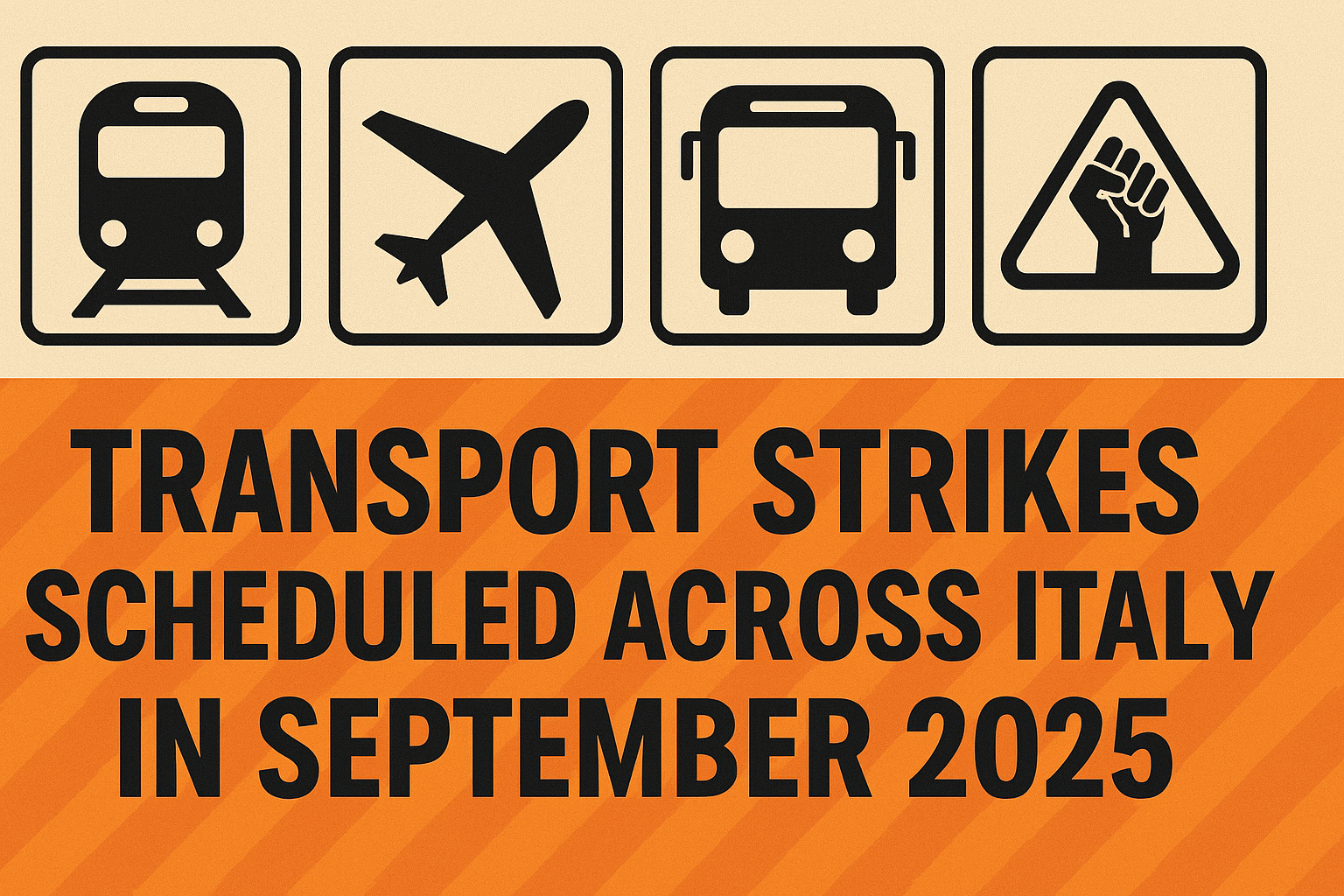Italian Christmas Traditions You Should Know
by Adriana ruiz
Italy, known for its rich cultural heritage and deep-rooted traditions, comes alive with unique and heartwarming customs during the Christmas season. Here are some cherished Italian Christmas traditions that add magic to the holiday festivities.
1. Nativity Scenes (Presepe):

Nativity scenes are the heart of Italian Christmas decorations. Italians take pride in crafting intricate presepi, featuring not only the Holy Family but also entire villages with shepherds, farmers, and artisans. In places like Naples, the art of presepi reaches its peak, with Via San Gregorio Armeno showcasing handcrafted figurines year-round. Cities and towns often host competitions for the most elaborate and creative nativity displays, adding a touch of community spirit to the season.
2. Feast of the Seven Fishes (La Vigilia):

On Christmas Eve, Italians celebrate La Vigilia, or the Feast of the Seven Fishes, a meal rooted in religious tradition. This sumptuous seafood feast, often enjoyed with family, includes dishes like baccalà (salt cod), fried calamari, spaghetti with clams, and more. The number seven holds symbolic significance, representing the seven sacraments or the seven days of creation, though interpretations vary.
3. Christmas Lunch:

Christmas Day in Italy is all about il Pranzo di Natale, a grand meal that brings families together for hours of feasting. The menu is a culinary celebration of regional specialties:
∙ Starters: Cured meats, olives, and cheeses.
∙ Pasta: Northern regions highlight stuffed pastas like tortellini in broth or green lasagna alla bolognese, while central and southern regions lean towards oven-baked lasagna or ravioli.
∙ Main Courses: Roasted meats, such as veal, lamb, or braised beef, served with roasted potatoes and seasonal vegetables.
∙ Desserts: Traditional sweets like panettone and pandoro are a must, often paired with sparkling wine or creamy mascarpone.
4. Zampognari and Pifferai (Traditional Musicians):

In some Italian regions, you might encounter zampognari (bagpipers) and pifferai (flute players) dressed in shepherd’s attire. These musicians travel from town to town, performing Christmas melodies that evoke the simplicity and warmth of nativity scenes.
5. La Befana:

According to Italian folklore, La Befana, a kind old witch, visits children on the night of January 5th, leaving sweets for the well-behaved and coal for the naughty. Her story intertwines with the journey of the Wise Men, who she was said to have refused to accompany, later regretting her decision and setting out to deliver gifts to children instead. Today, many towns celebrate with parades and markets honoring this beloved figure.
6. Tombola (Italian Bingo):

Tombola, Italy’s answer to bingo, is a staple of Christmas gatherings. Families play this festive game with colorful boards, and numbers are often called out in local dialects, adding a playful cultural touch. Winning often comes with small prizes or family bragging rights.
7. Midnight Mass (La Messa di Mezzanotte):

Attending Midnight Mass on Christmas Eve is a deeply rooted tradition in Italy. Whether religious or not, many Italians participate in this solemn and joyful ceremony, often held in beautifully decorated churches and basilicas.
8. Panettone and Pandoro:

No Italian Christmas is complete without indulging in panettone, a sweet bread studded with raisins and candied fruit, or pandoro, a soft, star-shaped cake dusted with powdered sugar. Both are often served with with a cup of hot chocolate or a glass of prosecco.
9. San Nicola, Santa Lucia, and Babbo Natale

During the Christmas festivities in Italy, children eagerly await the arrival of Babbo Natale, the Italian equivalent of Santa Claus. In some Northern Italian regions, gifts are received on December 6th, the feast day of Saint Nicholas. In cities like Bergamo and Verona, tradition has it that children anxiously anticipate the morning of December 13th, hoping to find their desired gifts upon waking. A week before this joyful morning, children write letters to Santa Lucia, expressing their good behavior and requesting the gifts they wish to receive. To thank the saint, on the night between December 12th and 13th, children prepare a bowl of flour for the donkey, a cup of coffee for Santa Lucia, some bread for her coachman, and a plate with cookies, wine, nougat, and fruit. Children must be careful not to be too curious, pretending not to see Santa at work. Upon waking, in addition to gifts, they also discover sweets. Babbo Natale is undoubtedly the primary gift-bringer in Italy. Some children eagerly anticipate Christmas Eve, as gifts might magically appear under the tree at midnight. In other families, gifts arrive on the morning of December 25th.
Celebrating Christmas in Italy is a heartwarming experience that highlights the country’s love for family, tradition, and good food. Whether it’s savoring a plate of pasta, crafting a detailed nativity scene, or sharing laughter over a game of tombola, these traditions embody the true spirit of the season. Dive into these customs to feel the warmth and joy of an Italian Christmas!
Don’t forget to check out our Social Media accounts and Subscribe to our Newsletter so you can be updated with information customized for people who want to move, live, and love Italy! Also, check out these unique tours in Rome.
Learn about the residence permit for digital nomads from non-EU countries working in Italy
Italy’s Investor Visa: A Visa to Attract Strategic Investments from Abroad
Find and Buy Your Ideal Property in Italy with Our Professional Services
Buying Property in Italy – How to Get a Mortgage as a Foreigner
How to Open a Bank Account in Italy as an Expat
Learn Italian and open up new possibilities for your career and personal growth
Prepare for the CILS B1 Citizenship exam to obtain citizenship by marriage, residence or study or work in Italy.
Switching to a self-employment permit from a study or job-seeking one
Understanding the Tessera Sanitaria: Your Italian Health Insurance Card
Non-Married Partners: How to Obtain a Residence Permit in Italy as De Facto Cohabitants
How to get tax identification number for foreign citizens (Codice Fiscale)
How to register in Italy as an EU citizen
Mastering Public Transport in Italy
The Advantages of Dual Citizenship with an Italian Passport: Unlocking Boundless Opportunities
What you need to know about Visas and Permits to stay in Italy
Red flags to identify a scam when renting in Italy

Bringing Your Family to Italy: A Guide for Non-EU Citizens
For non-EU citizens residing in Italy, having your family with you is a tangible goal. Italian law provides a framework for family reunification, allowing you to bring close relatives to live with you under specific conditions. This guide outlines the key requirements, procedures, and rights to help you navigate the process. Who Can Apply for […]

How to Become a Self-Employed Worker in Italy
Are you a non-EU citizen wishing to work as a self-employed worker in Italy? This guide explains the conditions you must meet, the procedures to follow, and the rights you can enjoy during your stay. Conditions for Self-Employment To legally engage in independent work in Italy, non-EU citizens must satisfy several conditions and obtain the […]

Transport strikes scheduled across Italy in September 2025
September is shaping up to be a turbulent month for travelers in Italy, with more than 14 national strikes scheduled. Widespread protests are expected to cause significant disruption across trains, flights, and local public transport networks. Rail and Air Travel Disruption Commuters and long-distance travelers on trains should be aware of a major nationwide strike […]

Buying Property in Italy: Understanding Judicial Real Estate Auctions or Aste Immobiliari
As a resident in Italy, you may already be familiar with the dynamics of the local housing market and perhaps have contemplated purchasing property. However, there exists a lesser-known yet potentially advantageous avenue worth exploring: Aste Immobiliari, or judicial property auctions. What Are Judicial Auctions? Judicial auctions in Italy are public sales of assets, including […]








Leave a Comment:
You must be logged in to post a comment.